As urban sprawl encroaches on natural habitats, innovative designers are stepping in to address the declining populations of vital insect species. These efforts often take the form of thoughtfully crafted insect shelters, ranging from intricate “hotels” to modular nesting structures, all designed to provide safe havens for pollinators and other beneficial insects within the concrete jungle.
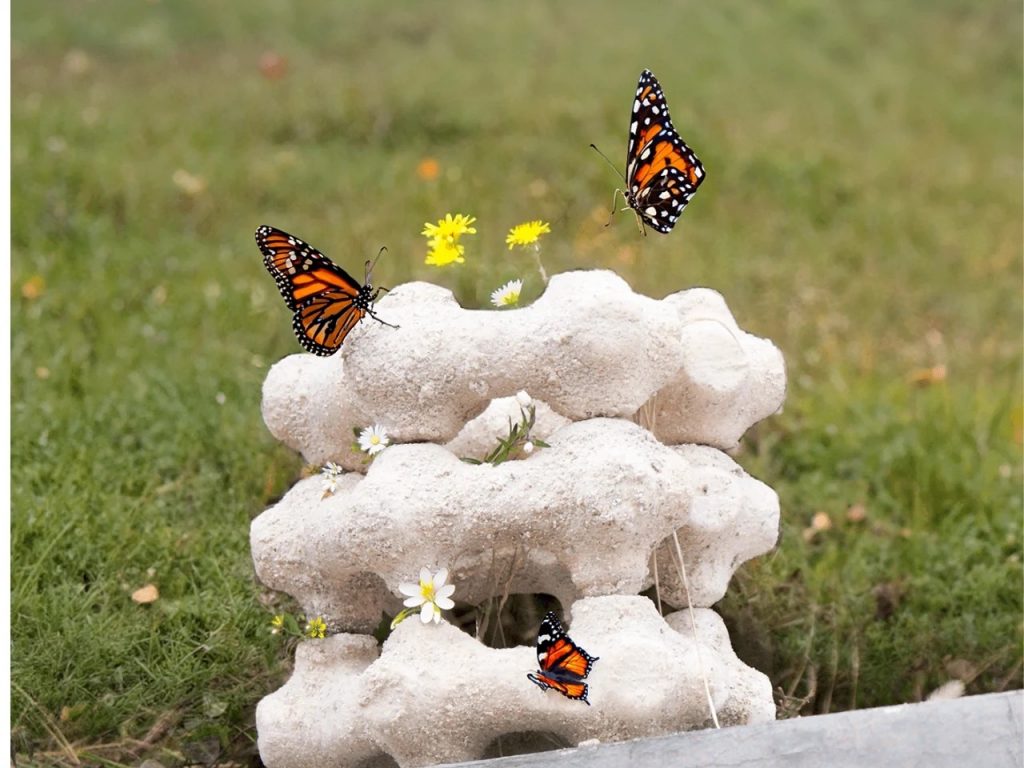
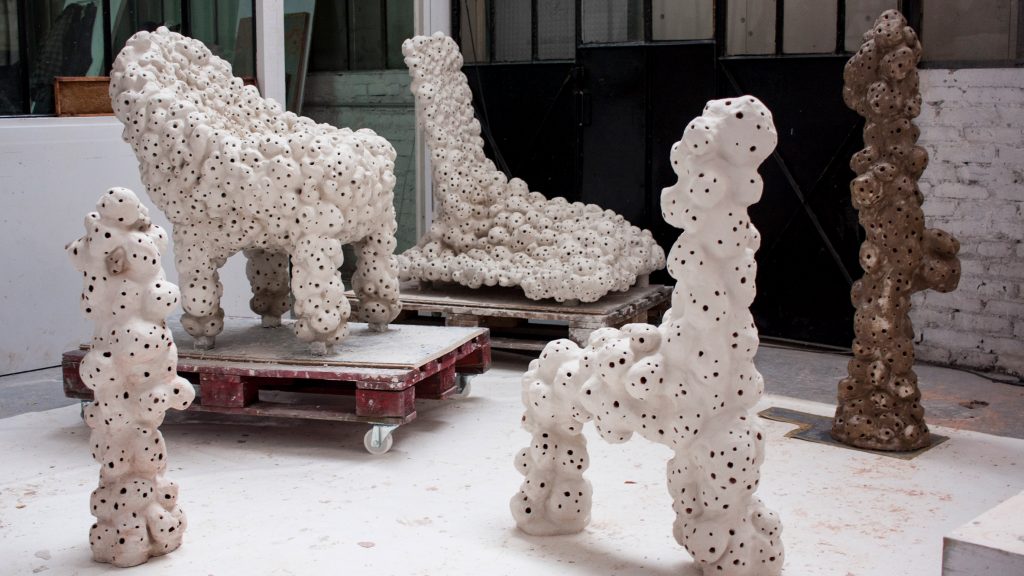
Please Stand By by Marlène Huissoud
French designer Marlène Huissoud responds to alarming declines in insect populations with Please Stand By, a series of sculptural chairs designed as refuges for pollinators like solitary bees, wasps, and butterflies. Huissoud aims to give back to nature by creating these habitats for London’s wildlife, offering insects a safe haven to nest, hibernate, and escape the pressures of the urban environment.
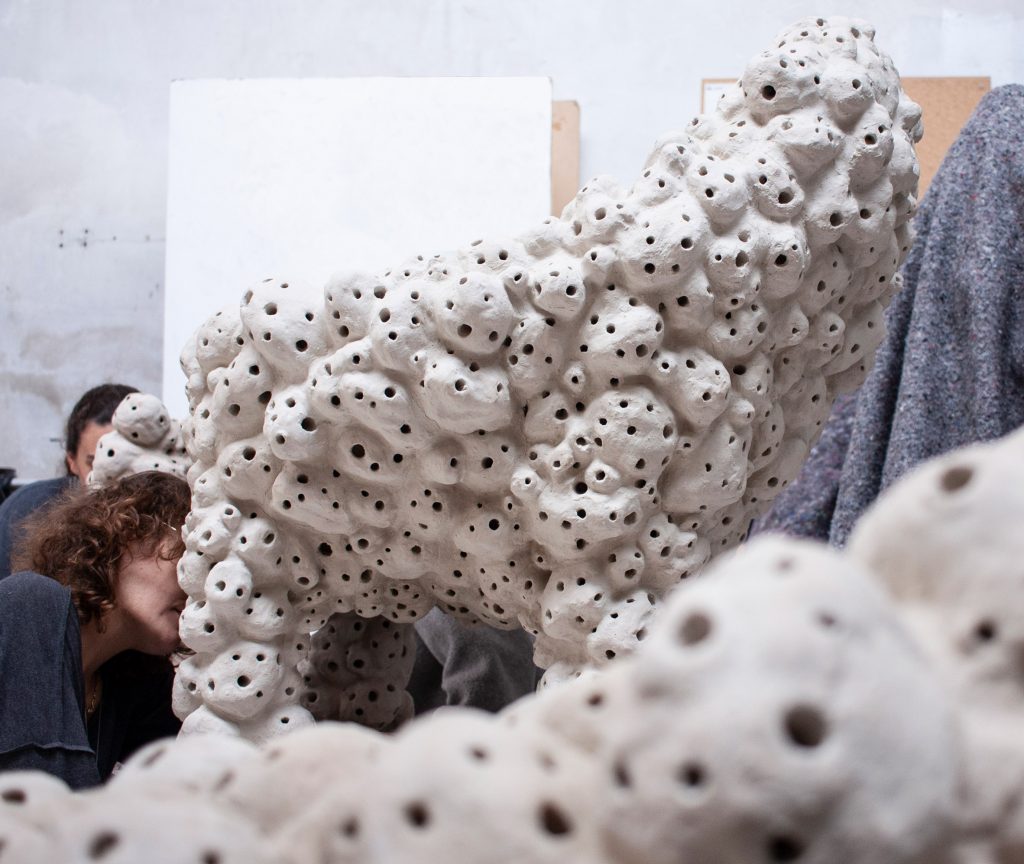
Please Stand By by Marlène Huissoud
Each “hotel” is crafted from nature-friendly materials, including unfired clay, natural binders, and wood, meticulously perforated with holes ranging from five to ten centimeters deep, providing ideal nesting spaces for the intended insect inhabitants. Huissoud’s project directly addresses the alarming statistic that over 40% of insect species are declining globally, highlighting the urgent need for proactive conservation efforts.
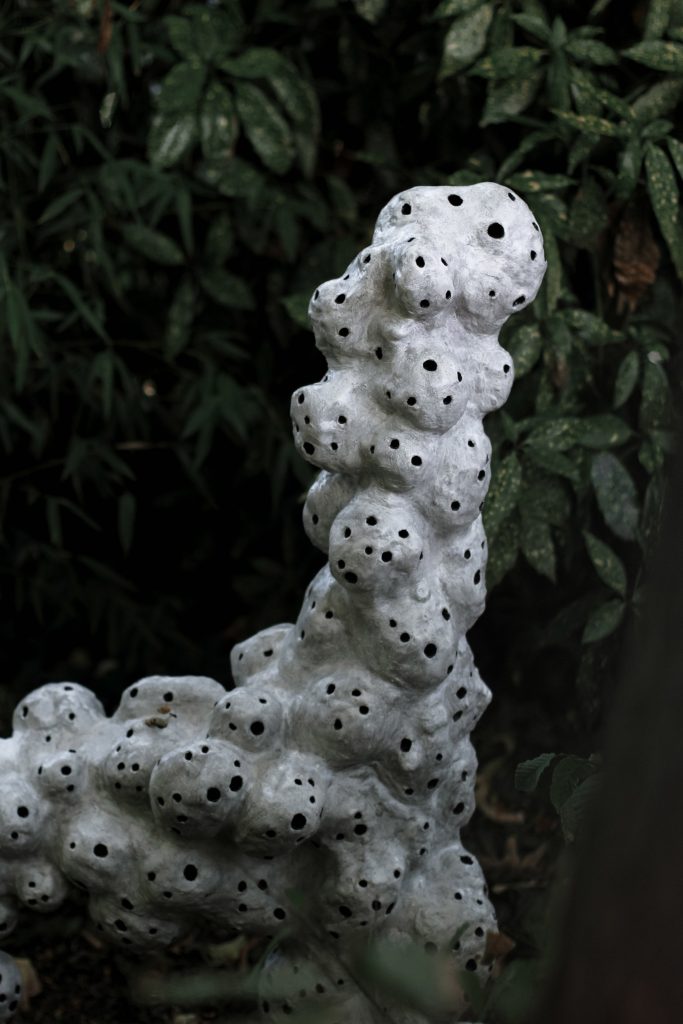
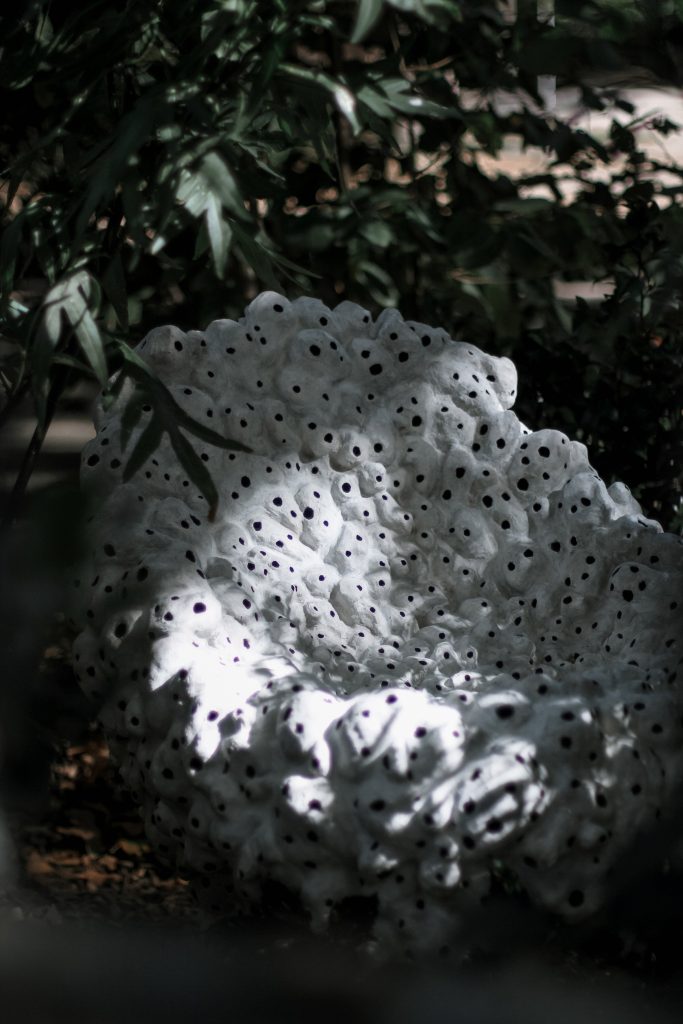
Please Stand By by Marlène Huissoud
Huissoud’s intent goes beyond simply creating functional objects; she aims to shift human perspective, urging us to “Please Stand By” and re-evaluate our relationship with the natural world. Developed in collaboration with scientists from King’s College London, the insect chairs were designed and made in an organic and sustainable manner, utilizing materials and colors that insects are naturally drawn to, such as light hues and some darker tones.
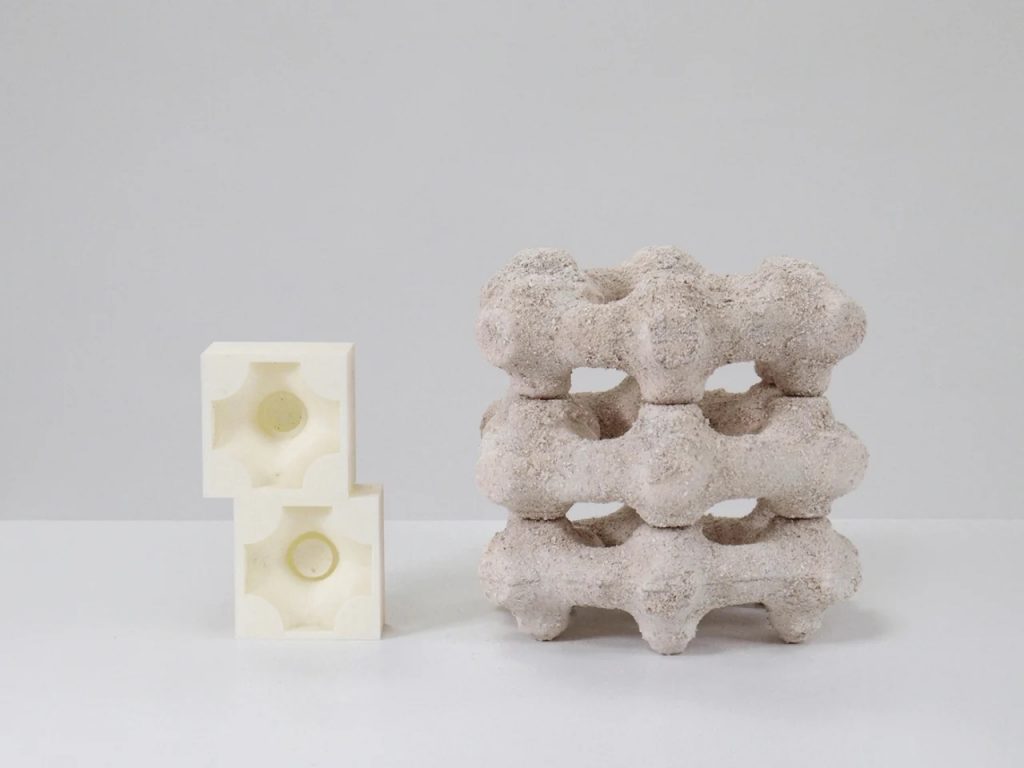
EggNest by Chaewon Lee, Zay Kim and Jungmin Park (also header image)
EggNest, conceived by South Korean designers Chaewon Lee, Zay Kim, and Jungmin Park, addresses the declining butterfly populations in urban environments with a clever and ecologically sound solution. Recognizing the challenges butterflies face within cities, the team developed a modular habitat that provides shelter and resources in a compact and adaptable design. The core concept revolves around creating a safe haven that mimics natural environments, fostering a supportive ecosystem for these vital pollinators.
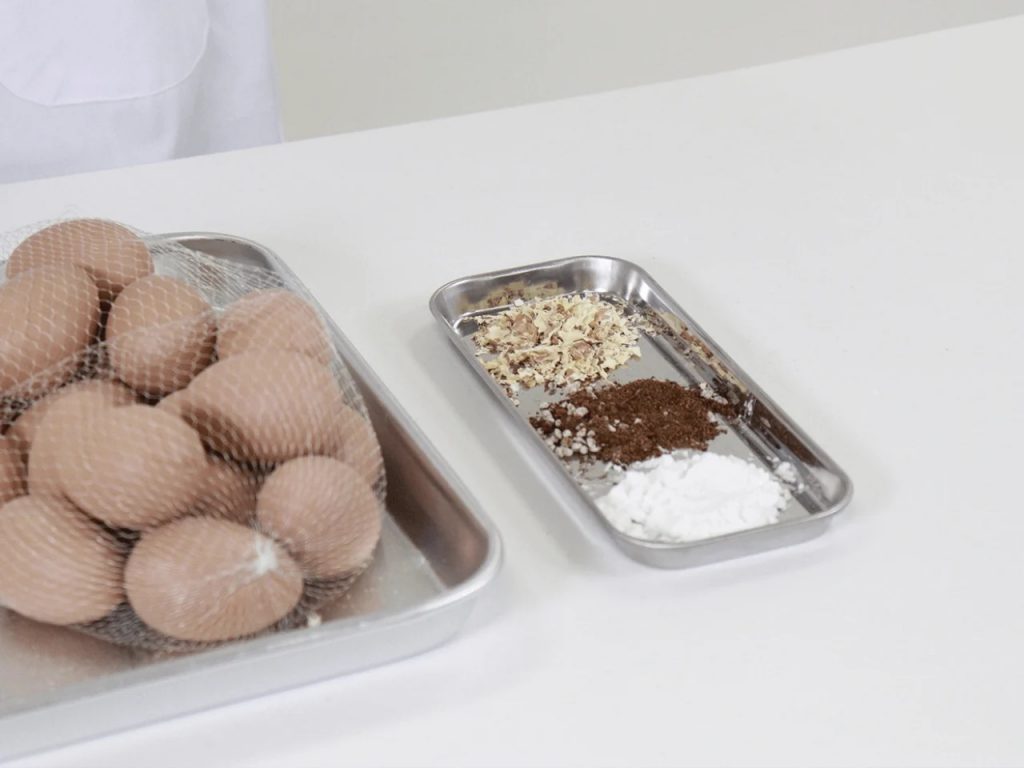
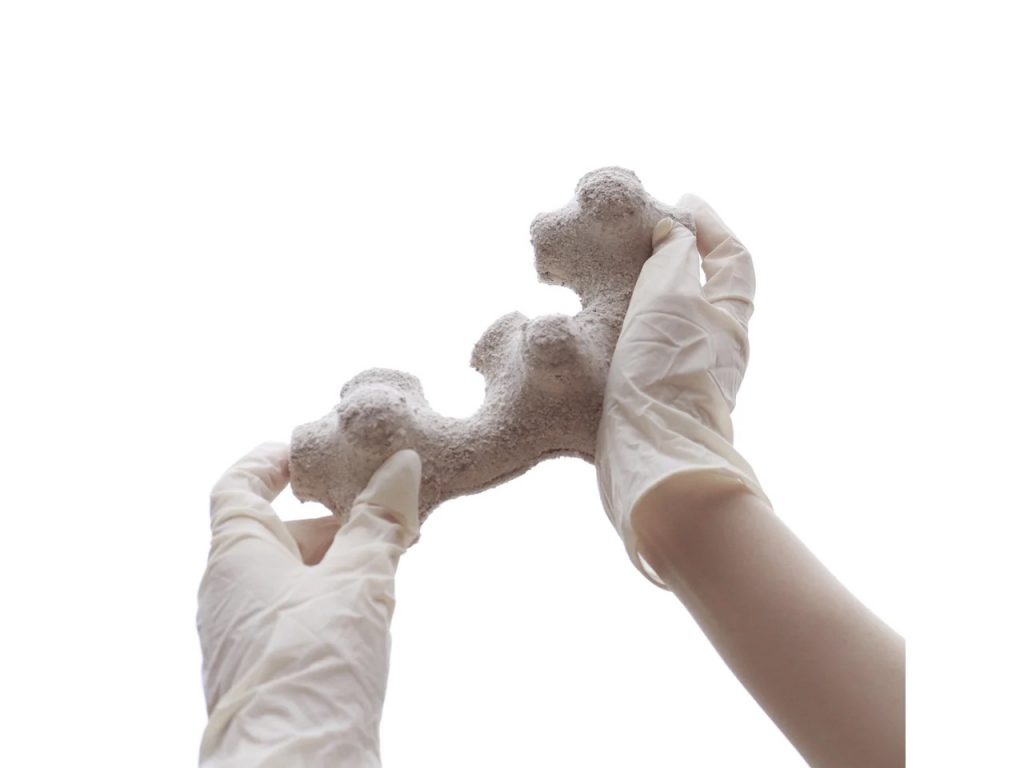
EggNest by Chaewon Lee, Zay Kim and Jungmin Park
At the heart of EggNest’s design lies the use of readily available and biodegradable materials: crushed eggshells and soil. This blend not only repurposes waste products but also creates a textured surface that butterflies can easily grip, even in windy conditions. Advanced 3D-printing techniques allow for the creation of a precisely engineered curved form, optimized for passively retaining solar heat, creating a warmer internal microclimate favored by butterflies.

EggNest by Chaewon Lee, Zay Kim and Jungmin Park
Beyond its material composition, EggNest’s modularity allows for flexible integration into various urban landscapes, from walls and rooftops to existing green spaces. The units can be stacked vertically to create multi-tiered butterfly havens or arranged horizontally to fit the available space. This adaptability ensures that EggNest can be implemented in diverse cityscapes, regardless of spatial limitations, offering a practical solution for urban biodiversity enhancement.
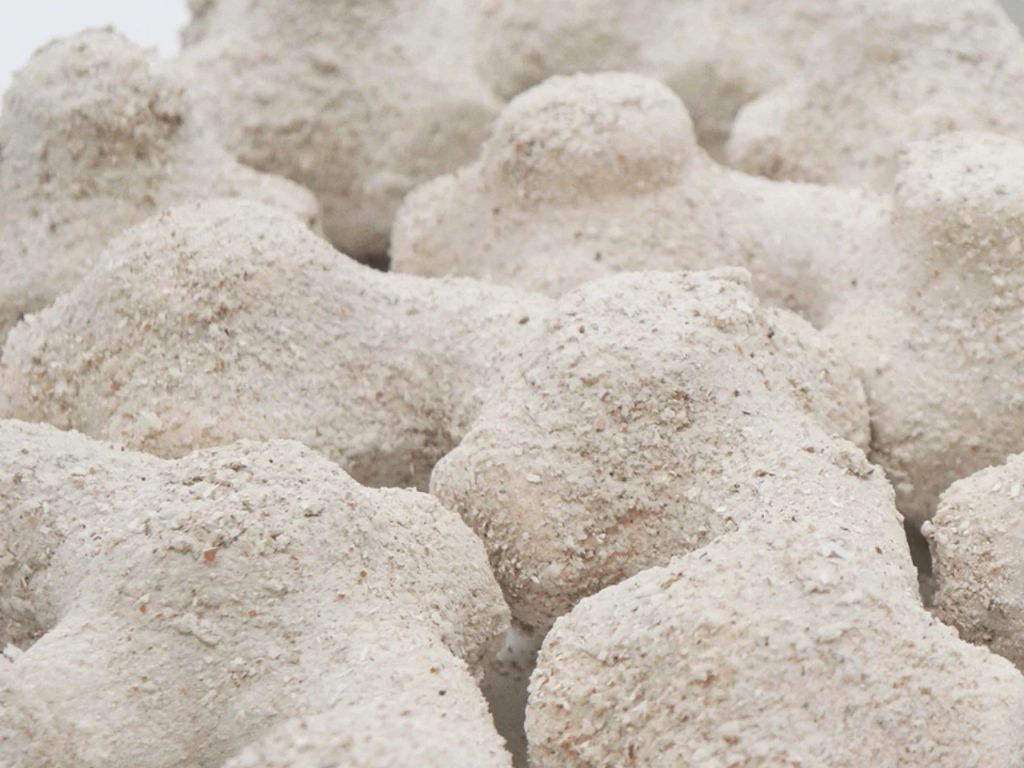
EggNest by Chaewon Lee, Zay Kim and Jungmin Park
Furthermore, the design incorporates thoughtful spacing between units to promote natural airflow, preventing stagnant conditions and regulating internal temperature. These gaps also encourage the growth of climbing plants and moss, transforming the structure into a self-sustaining micro-ecosystem. This holistic approach supports butterfly populations directly and enriches the broader urban environment, fostering a more ecologically balanced and vibrant coexistence between human development and the natural world.
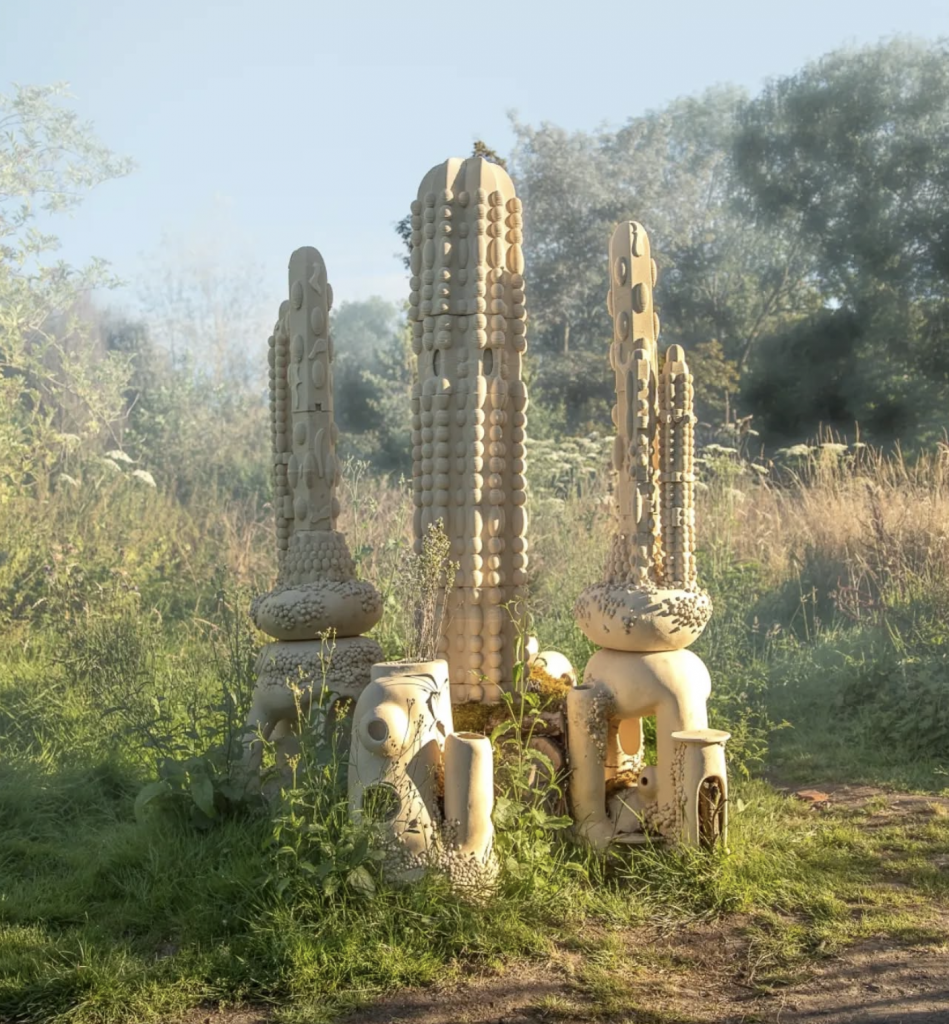
Les Utopies Entomologiques by Raphaël Emine
French artist Raphaël Emine reimagines wildlife shelter through a blend of sculpture, sustainability, and high-tech craftsmanship in Les Utopies Entomologiques. Partnering with 3D printing company WASP, Emine creates ceramic sculptures designed as functional habitats for insects and small wildlife. These intricate forms serve a dual purpose: as works of public art and as micro-ecosystems, fostering biodiversity in urban and natural settings. His sculptural “hotels” reflect both artistic expression and ecological intent, aiming to reintegrate non-human life into human-centric spaces.
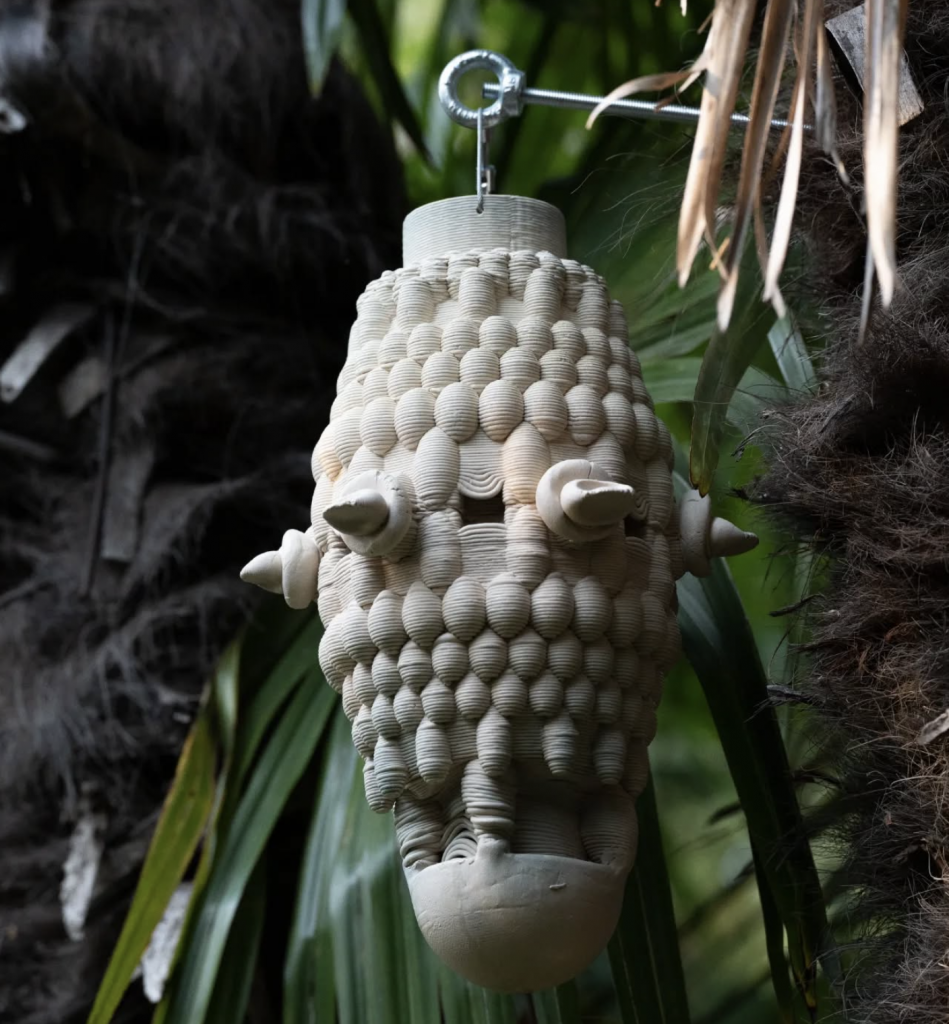
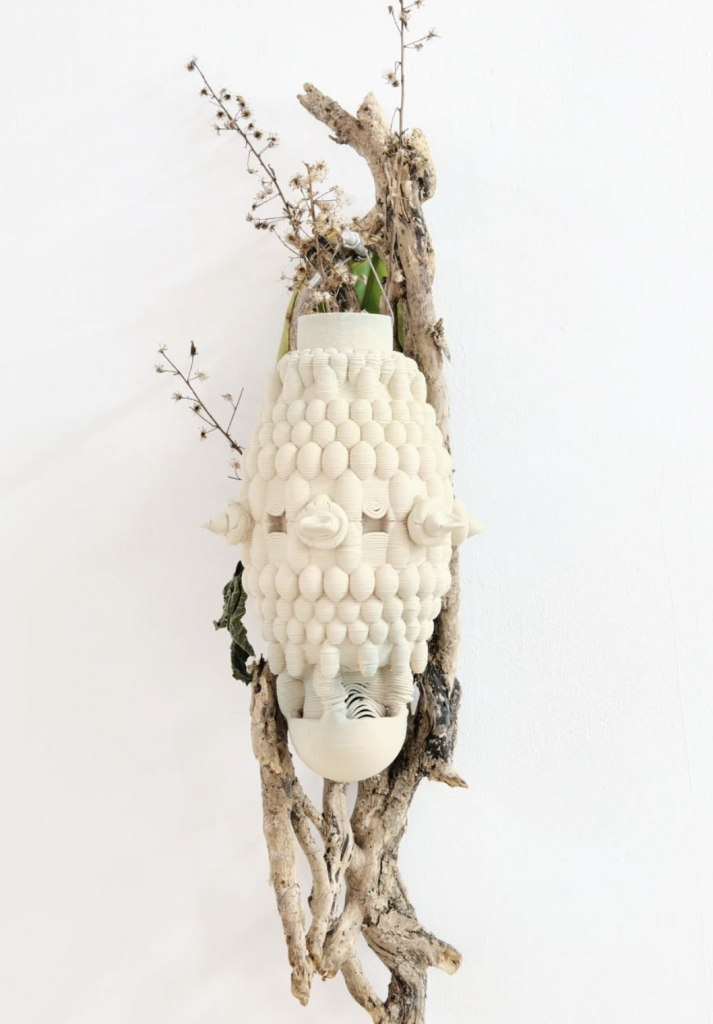
Les Utopies Entomologiques by Raphaël Emine
The architectural language of Emine’s work borrows from the natural world—honeycombs, spider webs, and plant fractals all inform the design. Organic, porous structures filled with tunnels, galleries, and bulbous forms encourage insects to explore and settle, mirroring the complexity of natural nests. This sculptural approach contrasts starkly with traditional, rigid garden habitats, introducing an imaginative, almost fantastical quality to urban biodiversity efforts.
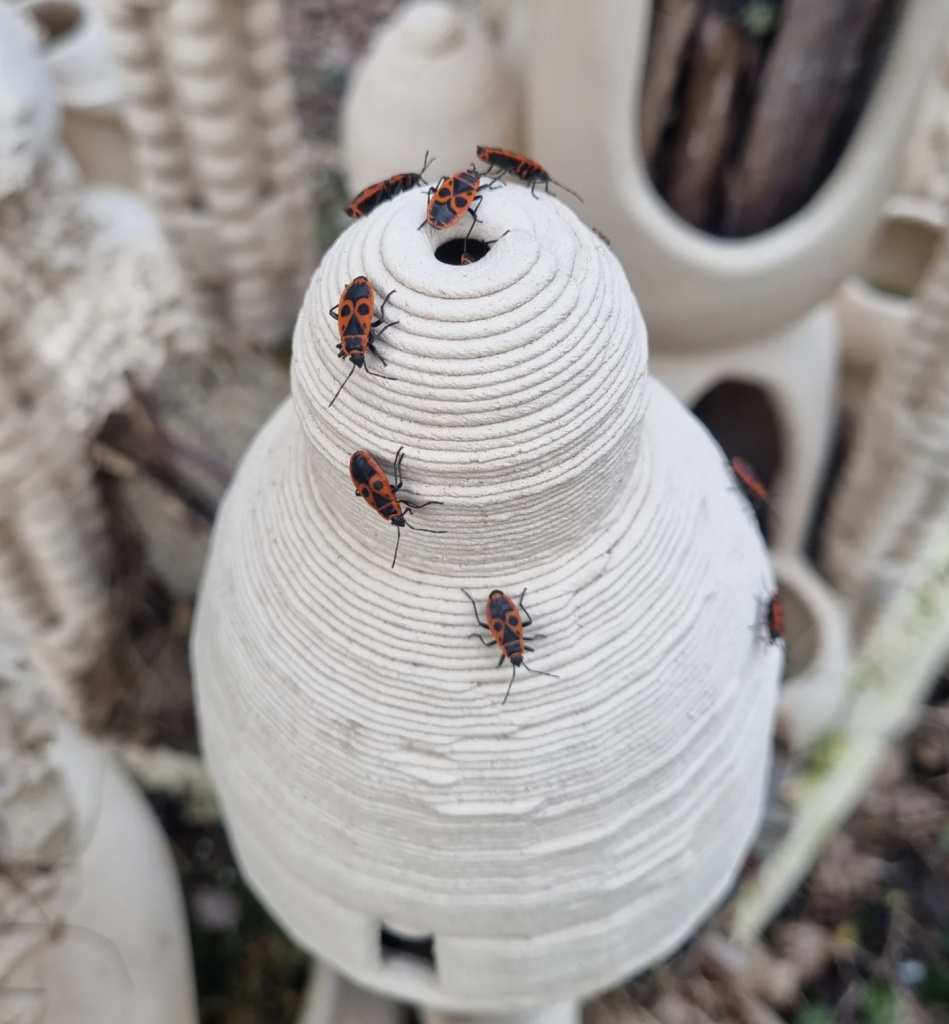
Les Utopies Entomologiques by Raphaël Emine
Installed in locations like the palm grove of Parc Maison Blanche in Marseille, Emine’s creations invite not only insects but also public engagement. His first two structures, Utopies Entomologiques I and II, were realized in 2023 and 2024 using WASP’s large-scale clay 3D printers (the WASP 40100 LDM and Delta WASP 2040 Clay), emphasizing the adaptability and ecological potential of additive manufacturing. Their durable ceramic material withstands weather and seasonal changes, supporting insect life across various life cycles.
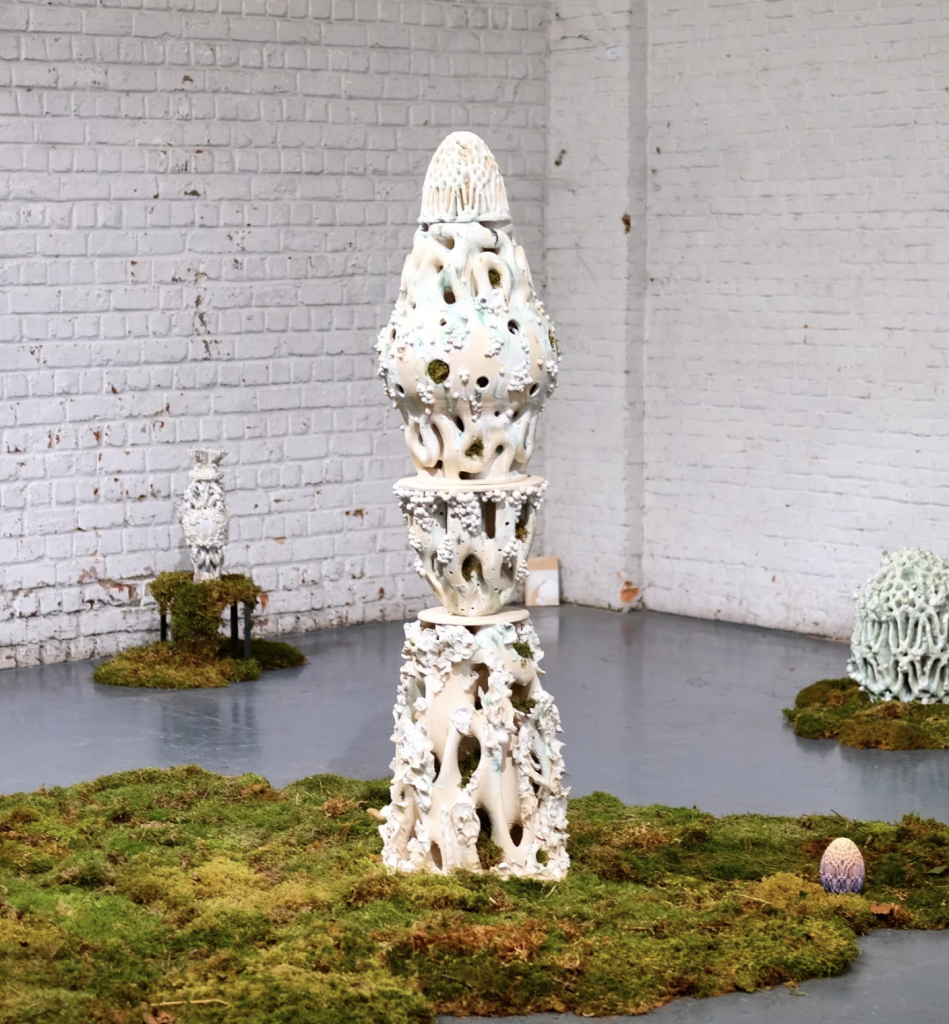
Les Utopies Entomologiques by Raphaël Emine
In both concept and form, Emine’s insect hotels serve as poetic examples of “utopian architecture” for wildlife—speculative, sculptural environments that merge beauty and function. Their biomorphic, baroque qualities blur the boundary between art and ecological design, encouraging us to rethink how built environments can accommodate more than just humans. These are not just shelters; they are invitations to coexistence, made tangible through clay and imagination.